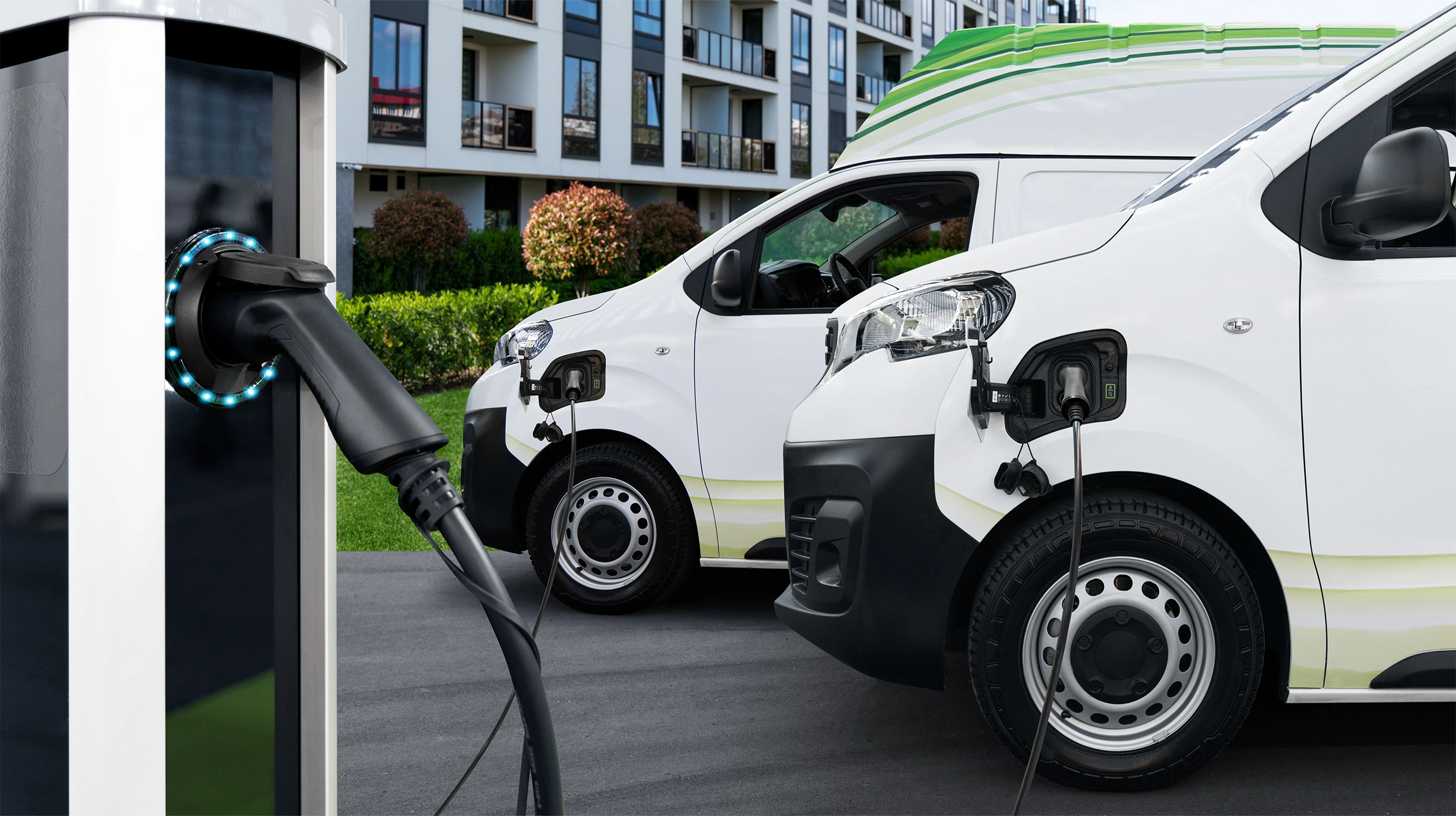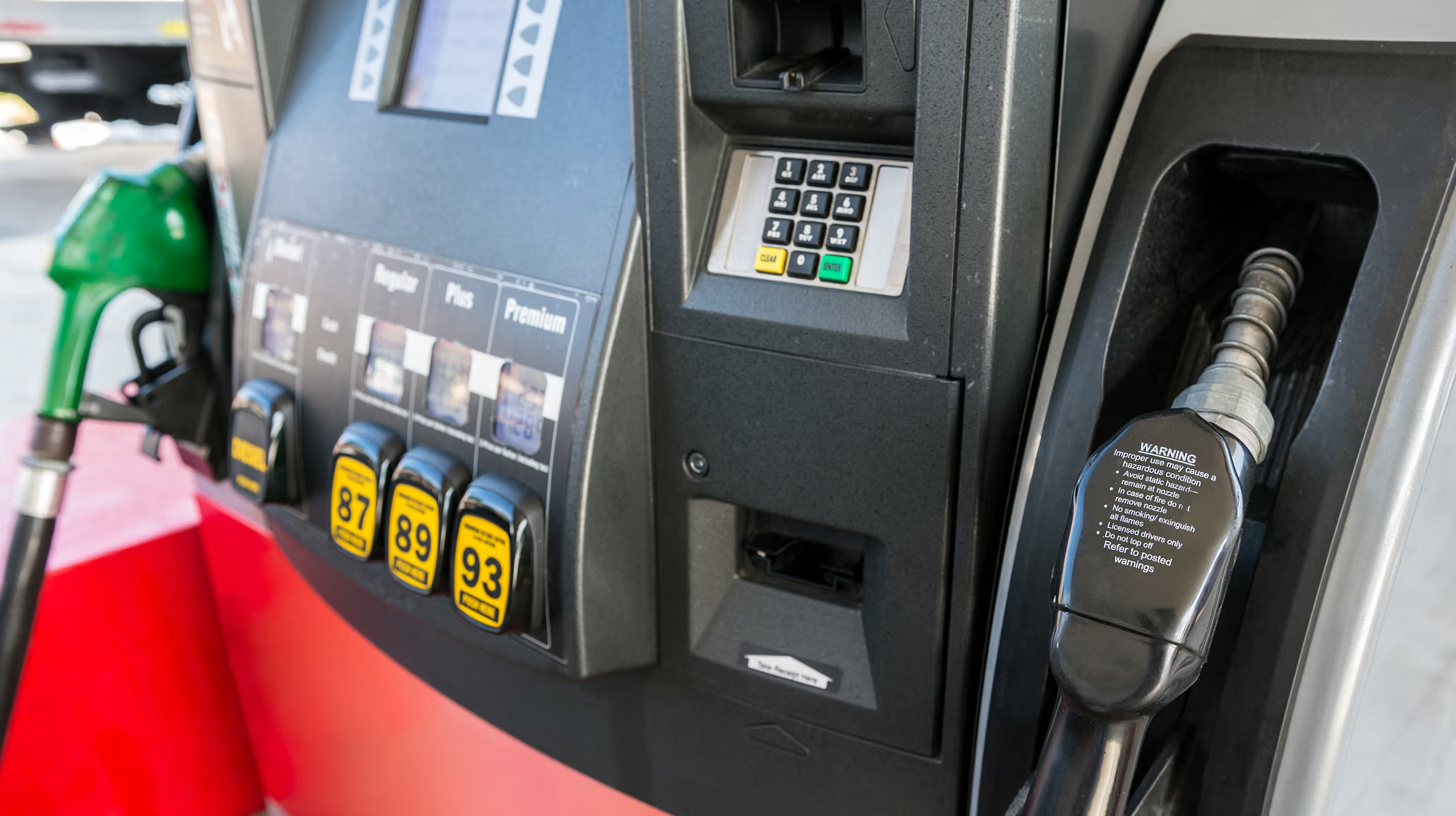More blog posts
View all blog postsSafety & Security
How to Improve Fleet Driving Standards

Driving standards are often overlooked by businesses, even though they can have an impact on many of the factors that determine the success of your venture.
Improving driving standards in your fleet can not only reduce costs to your business but also help improve efficiency and results, as well as the public perception of your business.
When it comes to business image, people always remember the negatives – after all, as a nation, we love a good moan!
If you’re being cut up, honked at, or aggressively/dangerously overtaken by a van with business branding on it, you’re going to have negative feelings toward that business. There’s a reason why those ‘how’s my driving stickers became so popular!
Monitoring & Reporting Infractions
Many of the companies we work with monitor the feedback on their fleet. Members of the public call in, get in touch via social media, or use contact forms on websites to report the wide variety of negative occurrences they see.
Some of the things we’ve seen reported include:
- Throwing rubbish out of their windows
- Using mobile phones while driving around roundabouts in built-up areas
- Aggressively overtaking on bends, hills, and other dangerous spots
- Displaying signs of road rage like honking, flashing, and tailgating
- Dangerous driving that caused other motorists to perform emergency defensive driving manoeuvres
- Overtaking multiple cars and causing danger to oncoming traffic
These are just samples of the problems recorded, but it’s quickly obvious that this is a serious problem for the business and the brand. Only a small portion of people are going to make the effort to complain, but a larger portion might have been put out by the bad behaviour.
Often, drivers might not think about their actions and the negative impact they can have on the company’s brand. All these small actions can add up to create a significant impact, the implications of which are worth considering.
Improving Standards = Improving Results
The idea of driver behaviour monitoring is simple, we’re trying to improve the way your drivers use their vehicles. Advanced driver training can also make a big difference – monitoring performance can work alongside this to support overall improvement.
Driver behaviour influences numerous elements of vehicle costs and associated performance which can and will affect costs to your business.
You can see a sample of the data above – monitoring and tracking the way your employees drive the vehicle shows how they drive. This includes exceeding speed limits, harsh braking, and aggressive acceleration.
This sort of driving behaviour in turn leads to increased fuel use, potential collisions, excessive wear and tear on brakes, tyres, etc, and unnecessary speeding fines and penalties. Improving driver safety results in reductions in these sorts of costs to the business, and will also support the overall image of your business on the road.
If drivers are aware of the fact that they shouldn’t be driving quickly/aggressively then they’ll hopefully be less likely to take that stance and offend other road users.
6 Ways to Improve Driver Behaviour
There are a variety of approaches you can use to improve the overall performance of your fleet. We’ve put together a list of 6 you could consider using – a combination of these should lead to a far improved attitude on the road and thus a reduced cost to your business in financial terms and credibility.
- Advanced driver training
- Feedback and debriefing sessions
- Behaviour monitoring
- Cost education
- Tracking
- Rewarding success
- Beyond the standard driving test, not many drivers opt for any sort of advanced road safety driving courses.
However, there are official courses that are recognised by insurance companies and will reduce premiums. These courses are also great refreshers for drivers who may have years of experience but are stuck in old habits that are no longer useful with modern vehicle technology.
An example of this might include engine braking – where using gears to slow down was often practiced in previous years but now isn’t as efficient. Other simple things might include not being up-to-date with the Highway Code which can result in driving infractions and speeding fines.
If you’re monitoring and recording public feedback about driver attitudes on the road then it’s worth taking the time to educate drivers on what’s being said and how to address it.
They might not be aware that their behaviour is even an issue. They certainly won’t have considered the repercussions of it. This needs to be carefully handled to avoid victimising particular drivers – group sessions might be preferable.
In-vehicle monitoring equipment can help drivers to improve their performance. A traffic light system will let them know when there’s an infraction and get them to consciously consider how they’re driving.
Training drivers and educating them on how their driving impacts the cost of the business may highlight the benefits of better driving.
If you can demonstrate how much fuel is wasted through poor road attitude, then you can show the knock-on cost to the business and demonstrate how an overall reduction in profit also means fewer benefits for them in the long term.
Rewarding improved behaviour or gamifying driving attitude with league tables and performance reports may also encourage a better attitude and safe driving.
Vehicle tracking also indirectly supports improving driver behaviour. If you’re monitoring how your fleet operates then you can advise drivers on routing, timing, breaks, and optimising their journeys.
It seems like an obvious thing, but people respond well to being rewarded for doing a better job. Due to vehicle tracking and behaviour monitoring technology, the tools now exist to do this scientifically and fairly.
Instigating some sort of reward or bonus system for improved driving will naturally lead to better results.
Inseego can help your fleet
Inseego's fleet software helps improve driving behaviors for fleets by providing real-time tracking, monitoring, and analysis of driver performance. This allows fleet managers to quickly identify and address potential issues, such as unsafe driving behaviors, that may lead to costly accidents and downtime.
Inseego's 5G routers also provide enhanced connectivity with the cloud, enabling fleets to access real-time analytics and insights, as well as vehicle diagnostics, in order to keep drivers safe and increase efficiency. The software also provides comprehensive reports to help fleets track and manage driver performance, including speeding and idling time, to ensure that drivers are following safety protocols. By providing real-time feedback and insights, Inseego helps fleets improve driver behavior and ensure optimal performance.
Contact us today to find out what devices could help improve your fleet's management.





